We all know that agriculture has played an important role in human civilization. Up to this very day, we still heavily rely on agriculture for food, but there is still more to learn about this thousand-year-old industry.
There have been many innovations in the agriculture sector that have made the lives of millions of people much easier. Technology has gradually improved and has been integrated with agriculture and has significantly changed the way we do agriculture. This is referred to as AgriTech or agriculture technology.
But, what is AgriTech? Let’s dive right into the subject of what AgriTech is all about, what it does, how it can change the agriculture industry, the benefits of using such technology, and more with my article below.
- Redefining the Agriculture Sector All Over the World
- A Great Application of AgriTech in Farming
- The Goal of Agriculture Technology in Developing Areas
- Increasing Food Supply Amidst the Rise of Climate Change
- Robotics and Mechanization in AgriTech
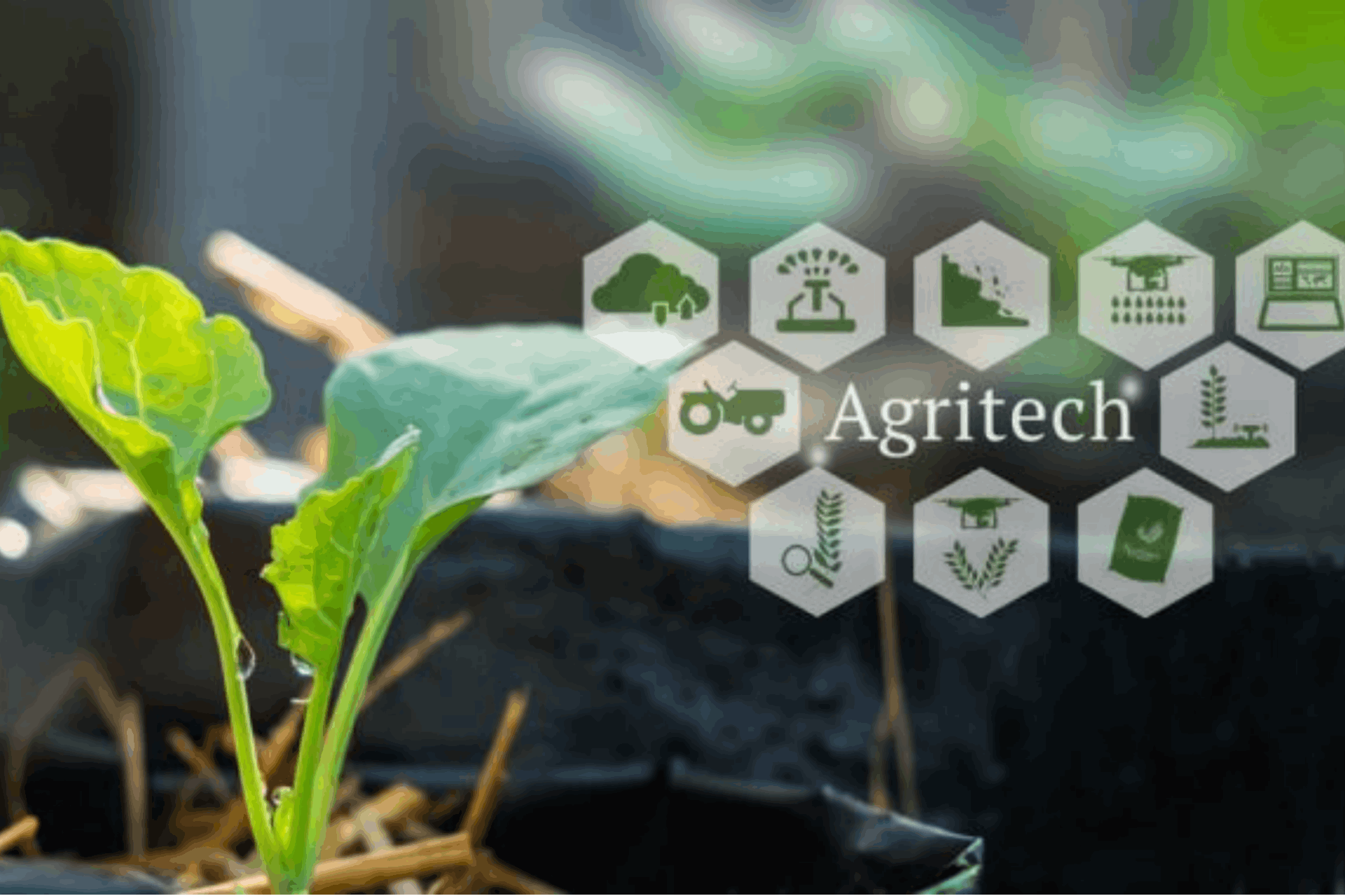
Redefining the Agriculture Sector All Over the World
So, what is AgriTech or agriculture technology? We briefly talked about such technology in the introduction and now let’s dive deeper into what it truly means.
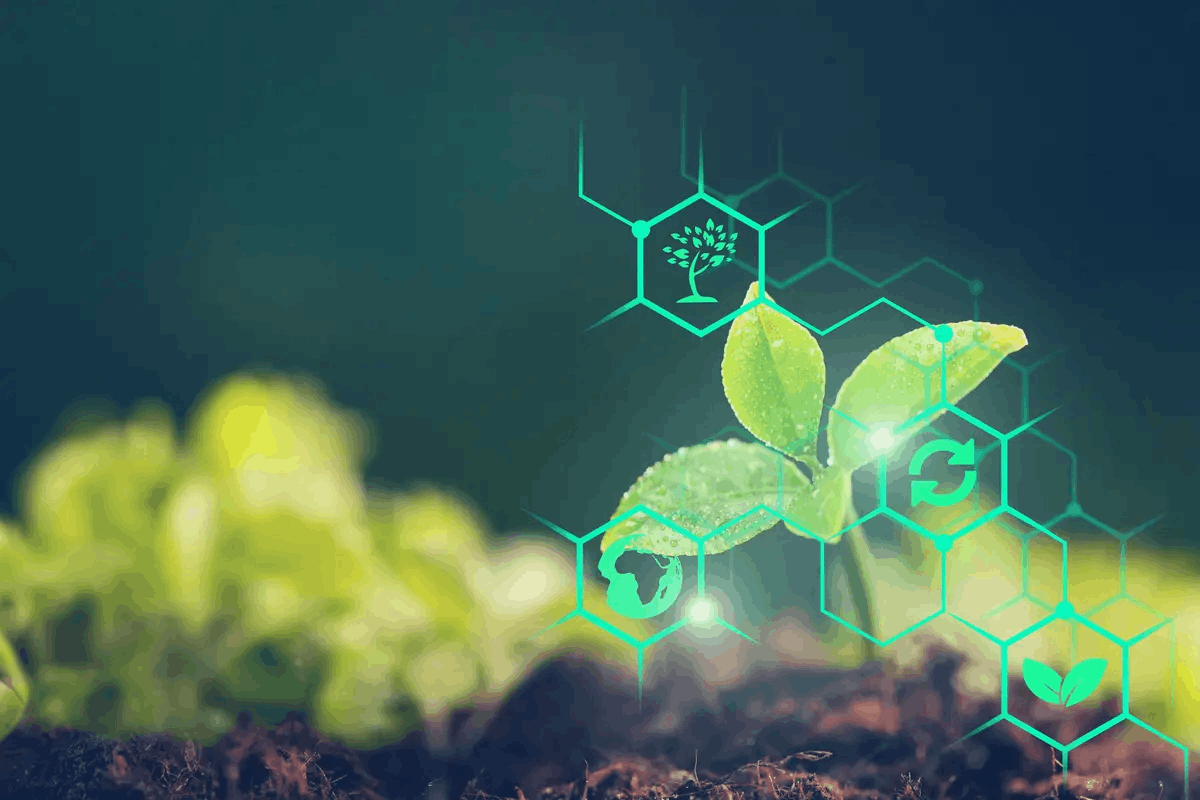
Agriculture technology is the use of technology to better or improve the systems used in agriculture. This allows farmers and many other people in the agriculture industry to increase yield and make more profit.
It also helps farmers become more efficient by allowing them to create more opportunities to better their system and help reduce costs.
Agriculture technology is the result of the innovation and the advancement of agricultural science and technology. Today, we are only scratching the surface of what technology can do for the agriculture sector.
How AgriTech Advanced Throughout the Years
For many decades, farmers and many others in the agriculture sector have always wanted to improve their methods of farming. Even before we discovered agricultural science, many people already used different techniques to increase yield and improve efficiency in farming.
We need to take a look back at the history of AgriTech to better understand how it came to be and how it will help us improve further in the future. AgriTech can be attributed to the advancement of science and technology, which began in the 19th century when people began using modern weather forecasting as part of their methods.
Major advancements such as the use of synthetic fertilizers and pesticides as well as the use of modern machinery and improvement of drip irrigation, hydroponics, aeroponics, and aquaponics all contributed to AgriTech. Today, there are massive summits held around this topic, such as the World Agri-Tech Innovation Summit.
A Great Application of AgriTech in Farming
One great example of the use of AgriTech is how farmers are utilizing and taking advantage of a soil sensor to measure the moisture within soil. Moisture or water is one of the most important components to make sure plants receive enough water and nutrition.
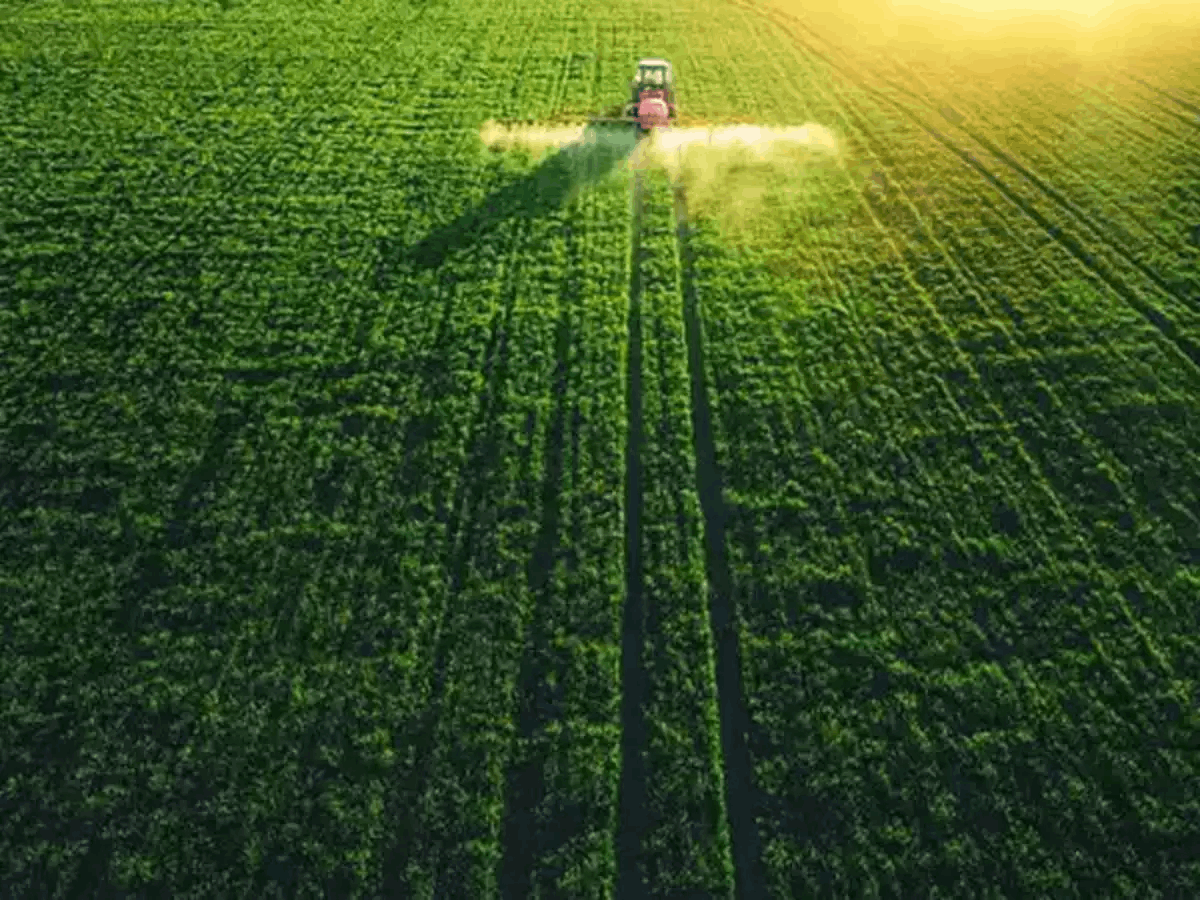
It is critical for farmers to have enough water for their plants to help them grow and flourish. With less water or with too much water, their crops will either wilt or die.
Having the soil sensor allows farmers to provide enough water to their crops to achieve the perfect balance. Water is also one of the expensive factors in agriculture, and by utilizing it correctly, it helps reduce the production costs and increase profit for farmers overall.
The data that these sensors provide makes a lasting difference in how farmers work. It truly is a game-changer.
Improving Upon the Old Ways
There is still a lot more to learn about agriculture technology. We are just barely at the tip of the iceberg with technologies such as vertical or urban farming, genetic modification, and desert agriculture, like the ones that I see in Middle Eastern countries like Saudia Arabia, and seawater farming.
One such technology that has been used ages ago that I’ve seen heavily improved upon by technology is hydroponics. This technique has been done for decades now but it is only today that we innovated by leaving the soil in favor of adding the minerals and nutrients needed by the plants in a water-based solution.
This provides an alternative way of growing crops, especially for areas that do not have well-cultivated soil or those that want to grow their crops in a more controlled environment.
The Goal of Agriculture Technology in Developing Areas
With all this talk about AgriTech, I often wonder why such technology is being built and further improved in today’s world? Why is it essential, especially in poverty-stricken regions all over the globe?
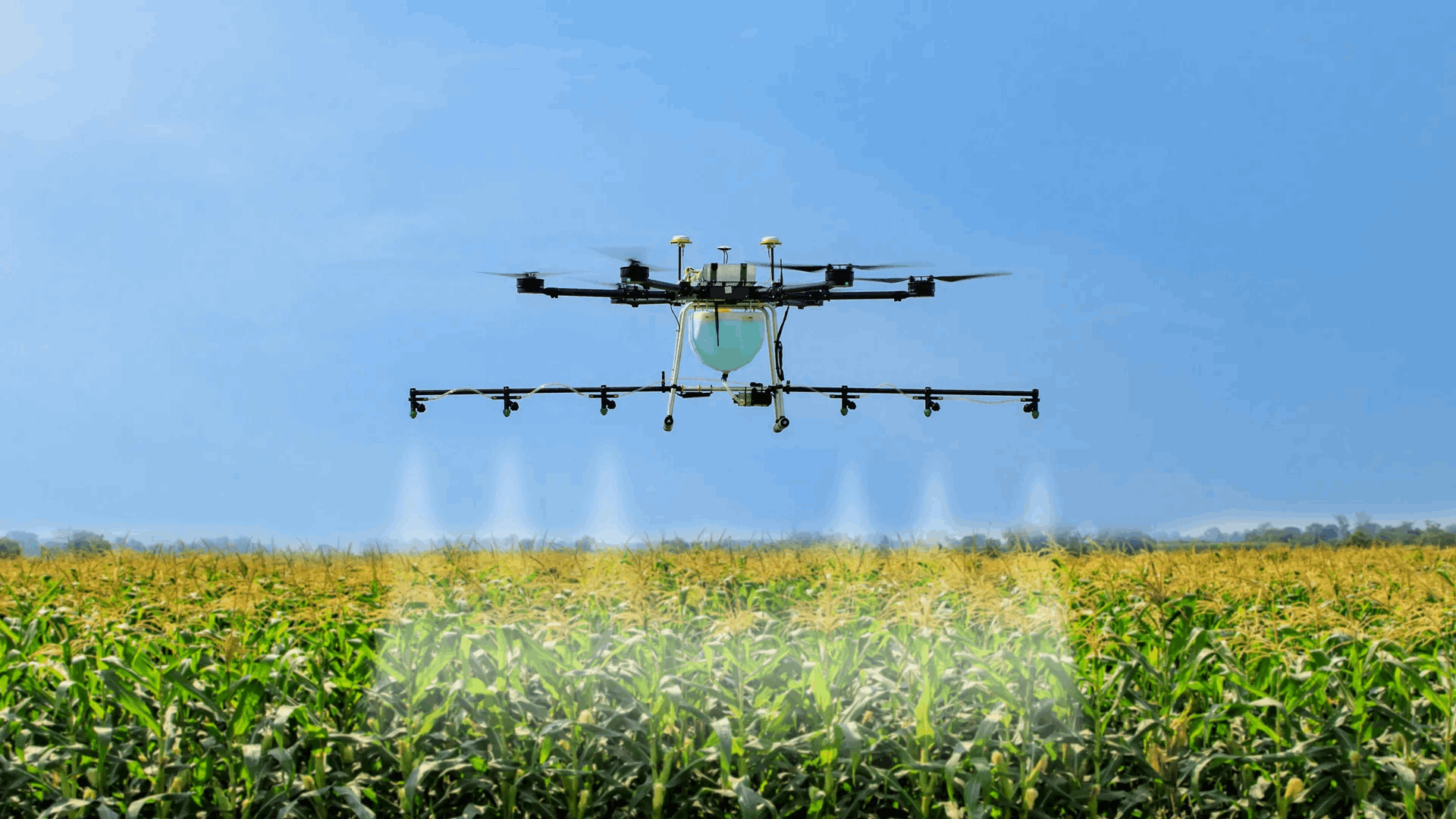
We already know that agriculture is very important but it also has to change, improve, and grow alongside the innovations of science and technology.
It is one of the most important economic activities as it brings food to the table, especially in rural areas.
Productivity remains to be very low. Hence the reason why AgriTech is being developed is to ensure there is an increase in productivity as well as decreasing food loss. This, in turn, gives more value to farmers.
The Versatility of AgriTech
So, why AgriTech and not other innovative ideas? The reason why I think AgriTech is a great component of improving agriculture is its versatility. Agriculture technology offers different setups for different types of farmers.
Yet, the goal remains the same—to increase crop yields, plant and animal health, farm productivity, and most of all, profit for the farmers. AgriTech allows farmers to not only earn compensation but to thrive in any given environment or situation.
For example, if you’re in a region where there is hardly any rainfall, a farmer can infuse drip irrigation systems to increase productivity while reducing the use of water and energy. One can even use desert agriculture and incorporate these techniques to further increase their yield. It’s the versatility of such technology that makes AgriTech an essential tool for farmers to learn more about.
Increasing Food Supply Amidst the Rise of Climate Change
The lack of food and the delicate environment has led to the utilization of AgriTech in many areas of the world. From Israel’s limited water supply to Saudi Arabia’s desert landscape to the many typhoons that hit Southeast Asian countries, these situations have birthed AgriTech.

But what does the future hold for AgriTech now that there is even more clamor for food production due to the increasing world population? AgriTech tries to resolve issues such as food shortages in a much more environment-friendly manner.
The tools used in AgriTech are geared towards producing more food with less food waste and making good use of the environment. Some even take advantage of the weather conditions.
It’s like hitting two birds with one stone by limiting food waste and nurturing the environment to put a stop to one of the more disastrous global threats—climate change.
Eliminating Global Hunger
For the past few decades, we have been ravaged by worldwide hunger and poverty. The aim of introducing AgriTech to many small and medium-sized farms is to increase production so it can sustain more work for many families and provide more food on the table.
This alone can improve the chances of the fight to end global hunger as we know it. The future is AgriTech, and in that future, there will be no global hunger or poverty.
Robotics and Mechanization in AgriTech
Robotics is one of the many branches of AgriTech that has the potential to change the way we do agriculture.
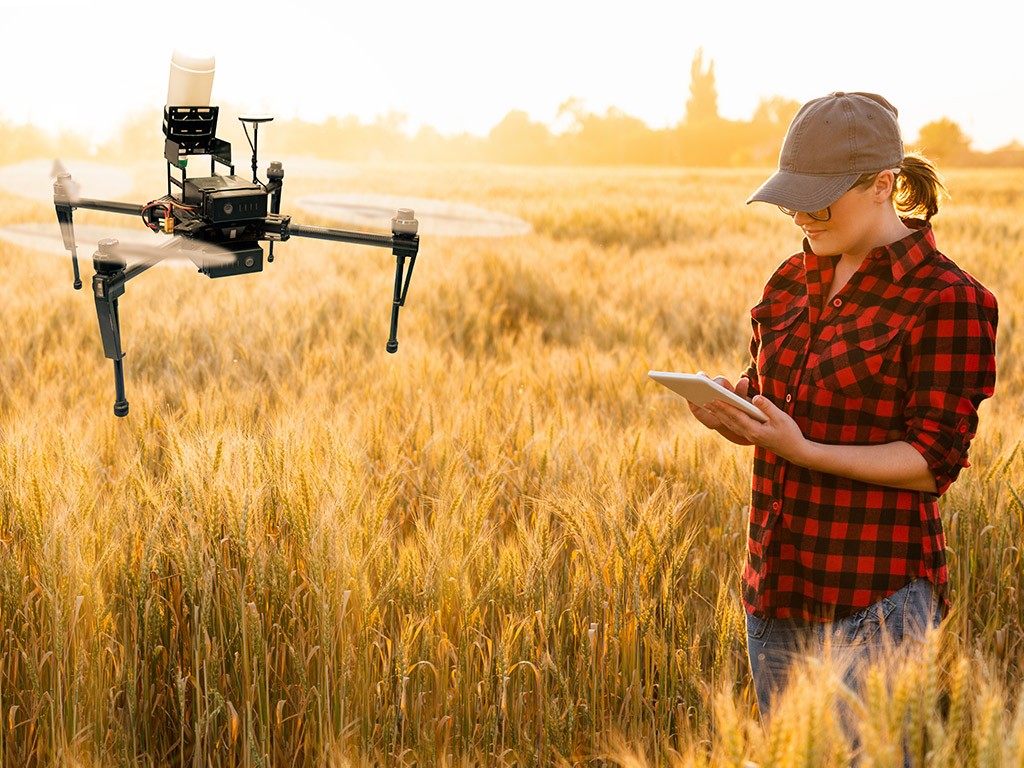
Robots are used to treat crops so that we don’t need to ever use harmful pesticides to keep pests away from our crops. Robots can also be used to address the ever-challenging need for manual labor.
In many countries all over the world, food pickers and farmworkers have always been one of the major factors that lead to a decrease in efficiency and productivity in many agricultural industries.
Robotics offers a solution by filling up the posts that were held by these workers before.
The Downside of Using Technology in AgriTech
Based on the topic mentioned above, I can immediately pinpoint a potential problem in using AgriTech. The way robotics are slowly taking up the positions held by many workers today means that in the near future, there will be no more room for skilled human workers to work on these farms.
They will all be replaced by robots since they are more efficient workers. Automation often leads to job loss.
Many workers will suffer from this so there has to be a perfect balance between robotics and skilled workers doing equal parts of the job to bring AgriTech to the forefront in the coming years.
Conclusion
With all that said, there is still a long way for us to reach the perfect balance in using AgriTech alongside the traditional methods of agriculture.
The future remains to be seen but we are all hopeful that the day will come when AgriTech helps solve a lot of our problems today. AgriTech is the key to a better future.